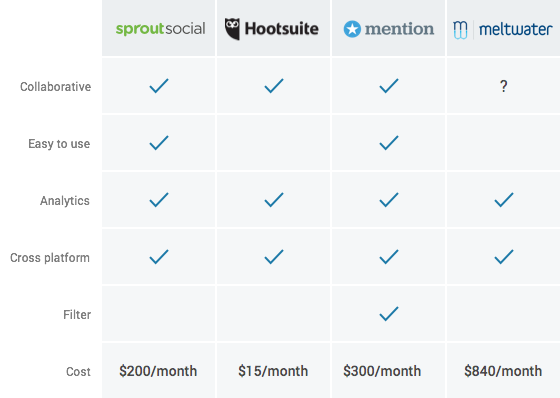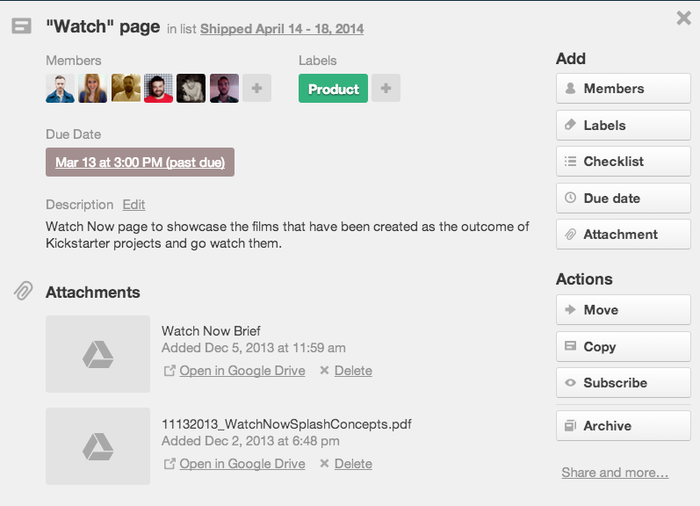There’s a lot non-profits can learn from the tech industry. Of course, when I say that, sometimes people think I mean that non-profits should emulate startups and their culture, complete with the venture capital, the ping pong, and the gender equity issues. Unsurprisingly, that’s not what I mean. For more on the tech sector’s issues I’ll point you to Model, View, Culture, and Anil Dash.
What I do mean is that a lot of tech startups and non-profits are facing the same challenges. Specifically I mean that consumer-facing startups need to develop an engaged community that can help to promote the central organization. That does sound familiar, doesn’t it? And tech startups have an entirely different approach than most non-profits. Some of it works. Some of it doesn’t. And by watching closely we can learn a lot.
When a non-profit tries to improve its marketing, or its individual fundraising, or its communications, often the first realization is that those three functions go together. After that someone says the word “silo” and things get a little awkward as it turns out that streamlining these functions means that someone loses some authority. Then it’s time to ask the big question: “If we were starting from scratch, what would we do?”
Right after someone says that is the perfect time to look at startups. They are by definition starting from scratch. They don’t have the same legacy silos separating different kinds of constituent communication. They’re probably using technology in a more intuitive and integrated way than your non-profit is. They’re well funded. There are a huge number of them, all trying different stuff, and a lot of them are failing in one way or another. And best of all, a lot of them like to blog about their experiments and the results.
Consumer facing tech startups are an amazing source of free research for non-profits that are trying to improve their community management. All we’ve got to do is watch.
Here’s an example. Trello makes a great project management tool. We use it at New Music USA; I use it for my own projects; there’s even a Trello board for planning my brother’s wedding. If you want to know how Trello might be useful at your organization, Kickstarter described their use of it to build software in a great blog post by my friend Ellen Chisa. The choice to use Trello at Kickstarter is interesting, but it’s the framework for making the decision that will be really valuable to non-profits. And that’s a lot of what Ellen wrote about.
Here’s another example from earlier this week. Trello themselves published this blog post about how they chose which social media tools to use to communicate with their own users. The blog post describes what needs they had for their tools, and analyzes four products against those needs: SproutSocial, HootSuite, Mention, and Meltwater. They eventually picked SproutSocial.
Again, their choice is interesting, but for most non-profits the framework they used to make the decision will be more valuable.
It’s not just Kickstarter and Trello, either. Lots of tech companies take a very “open source” approach to these processes, and write similar blog posts. Posts like this are the white papers of the startup world, and it’s easy to find a lot of them of high quality.
Of course, once you’ve done your research you still have difficult management decisions to make. How much of the framework used by this or that tech company applies to your non-profit? How much change is your organization willing to make? What are the actual needs you have for technology and community management? Is your organization ready to break down old silos even if it causes unrest?
It’s not easy, and blindly imitating tech startups will not solve your problems. But following their progress can help you get beyond a traditional non-profit worldview, and give you a fresh perspective on the challenges you’ve been facing.


